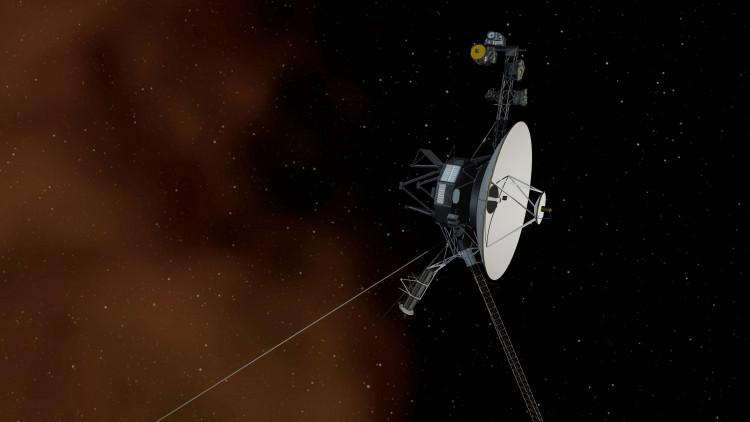Scientists may have figured out how to make the ideal light sail for interplanetary travel. They discovered that a sail of this type should billow and have a grid-like design, as well as some recommendations for the best materials to utilize.
Nudging reflecting sails steadily towards the speed of light with nothing more than photons could be our sole realistic chance of reaching another star inside a single human lifetime.
Light particles are fast, yet they don't push very forcefully. If you design a sail light enough to feel the inertia of radiation, the constant onslaught of photons may harm the sail's material inadvertently.
Making a sail that can endure the risks that threaten spacecraft on such a long journey will necessitate some innovative solutions, maybe the kind presented in two new papers published in the journal Nano Letters.
Engineers from the University of Pennsylvania and the University of California in Los Angeles created the advancements as part of the Breakthrough Starshot program to develop ways to achieve the balance between durability and mass required for an interstellar spaceship.
"The idea of a light sail has been around for some time, but we're just now figuring out how to make sure those designs survive the trip," Igor Bargatin, a mechanical engineer from the University of Pennsylvania, said.
Waves of radiation, like air particles slamming into a sail made of cloth, exchange momentum with anything they collide with. Photons, or light molecules, unlike air molecules, have no resting mass, therefore whatever force they exert will be minor.
Engineers propose building a sail composed of two layers made of the materials molybdenum disulfide and silicon nitride, which can both be formed into sheets and have the optical qualities needed to balance low light absorption and emission as it expands out.
A second paper looked at the challenge from a structural standpoint, to handle the strain that a laser array would exert on the photon pressure.
Curving the sail might increase stability in the same way that it does in parachutes, but as the study's authors note out, little research has been done into the stresses light pressure would have on this type of construction.
The team established that a significant curvature is absolutely the way to go by modeling a circular, spherically-curved sail on a square meter scale - one that could pull a weight of a few grams.
Breakthrough Starshot hopes to build a spacecraft that is light enough to travel at roughly 20% the speed of light, which would allow it to travel the 4.2 light years to Proxima Centauri in just a few decades.





